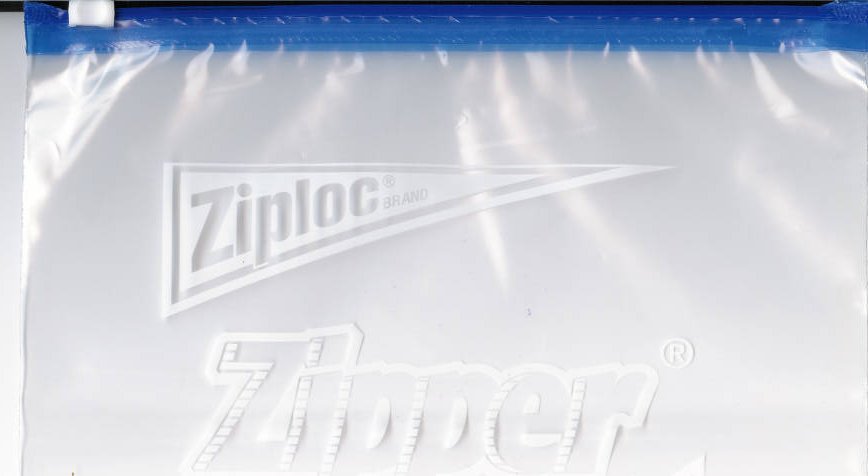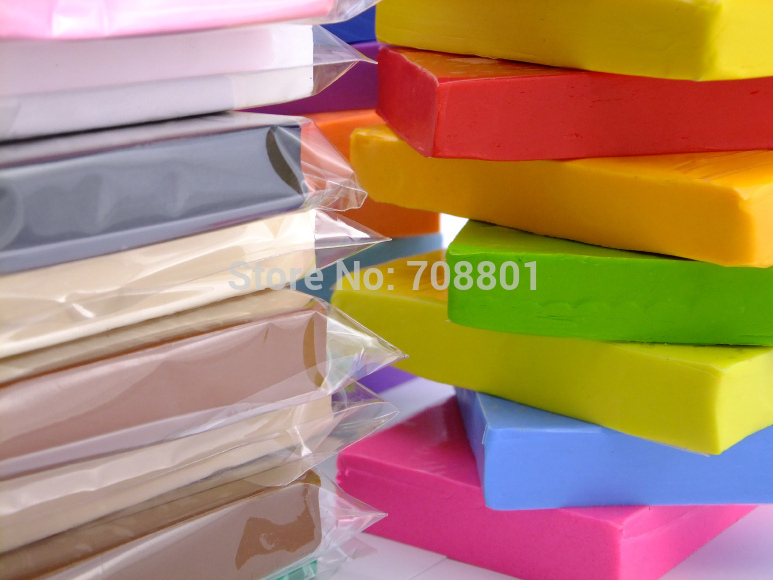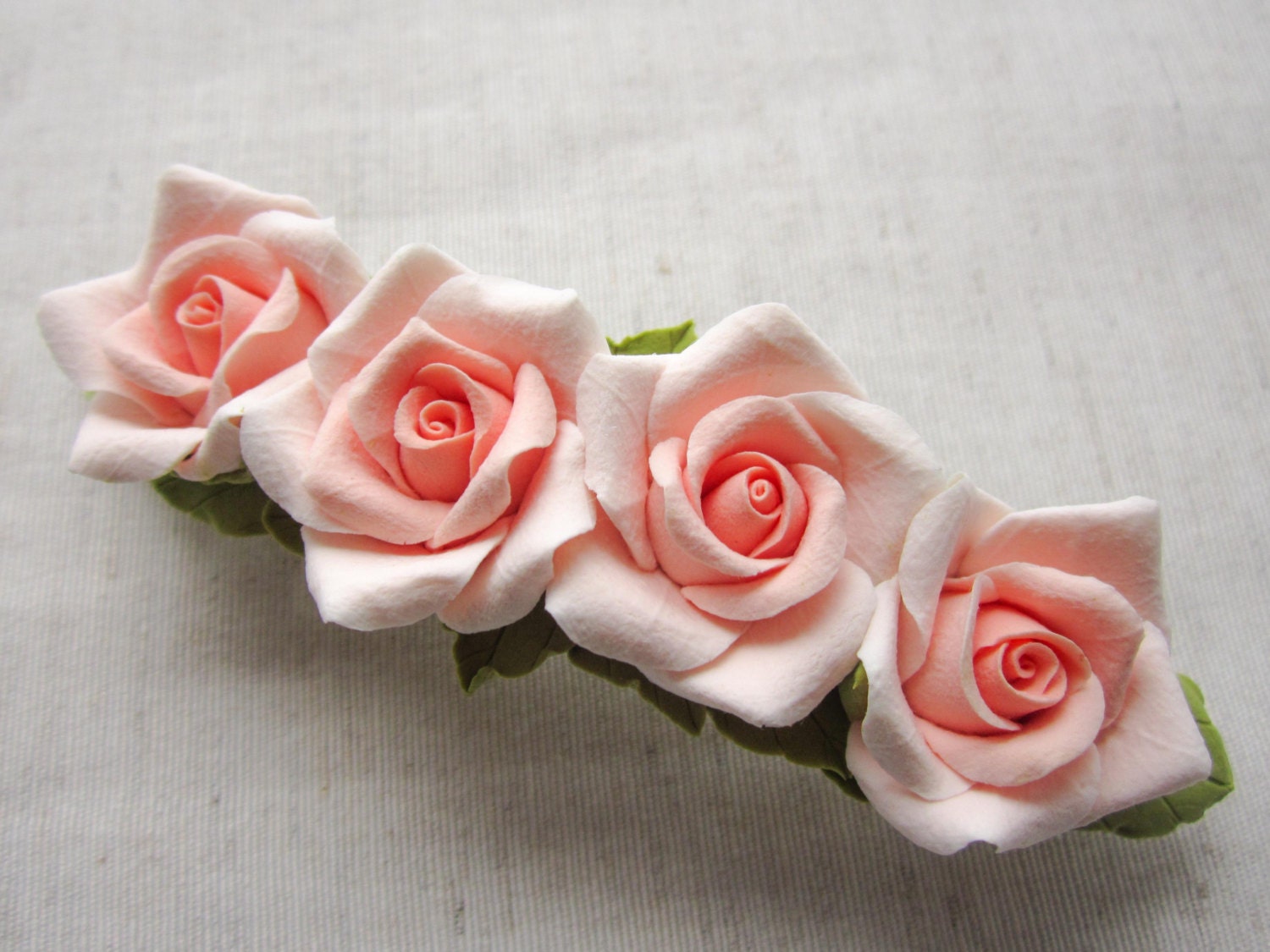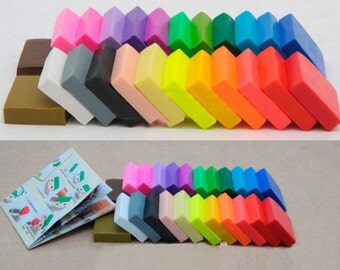Brr. These past few days have been so cold, rainy and dreary! Here is so information on the main types and brands of polymer clay!
There are so many different types of polymer clay and with online shopping, it is very easy to order different types of clay online. The most commonly used types of polymer clay.
- Sculpey III: Sculpey III comes in many different bright colors and since the colors blend nicely, they are good for mixing. Sculpey III is soft and very easy to work with although it is not great for cane-work. Since it is so soft, it is usually the best type of clay for experimenting and usage in projects. In addition, Sculpey III is very brittle after baking so you should handle creations made with this type of clay carefully.
- Sculpey Ultralight: Sculpey Ultralight is an unique type of color due to how light it is. It is very soft before baking but after baking, it becomes very strong. The only setback is that this type of clay is only available in white as it can be painted after baking.
- Original Sculpey: This only comes in the color white in 2 pound boxes. It is very soft but becomes brittle and chalky after baking. However, this is the cheapest of all polymer clays.
- Super Sculpey: Super Sculpey only comes in flesh-tone colors such as peach, tan, etc and arrives in 1 pound boxes. It is much stronger and more flexible than the original Sculpey and it is sometimes used for doll-making because of the colors it contains.
Premo Sculpey: This brand is pretty soft and one good thing about this clay is that it holds the details in canes very well helping you produce more realistic looking canes. The colors consist of different shades of blue, red, and yellow as these colors are very easy to mix together in order to produce new colors.
This is a realistic baby made from Super Sculpey . - Fimo: Fimo is the most popular brand among clay artists although this brand may not consist of all the colors you might want. Fimo has a very beautiful selection of colors with many cool effects such as metallics, glow-in-the-dark, etc. This is the stiffest out of the clays and because of this, its firmness allows it to hold details very well. It is highly recommended to use Fimo for cane work as all the details show clearly and smearing of the clay is rare. When baked, Fimo looked very shiny and it is also very strong.
- Promat: Promat is very similar to Sculpey but it differs in that it has a firmer texture and is less likely to smear. Promat only consists of a small selection of colors which include pearlescent colors.
- Cernit: This is the strongest of all clays and when baked, it has a porcelain waxy finish when fired. It is often used in doll making because of the nice results when baked.
Polymer clay all depends on your preference and the type of clay you like working with. It is good to experiment with different types and brands of clays to find out what you like best.














